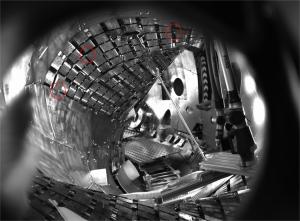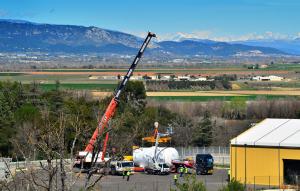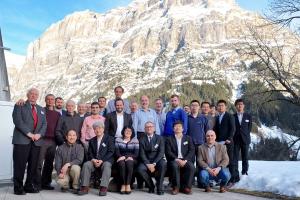What’s New
6 April 2015
ITER news digest for the period of 30 March 2015 to 6 April 2015.
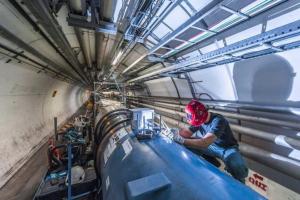
Proton beams are back in CERN's Large Hadron Collider
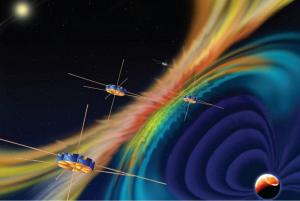
Investigating "magnetic reconnection"

10 years old and counting on its 50,000 processors
